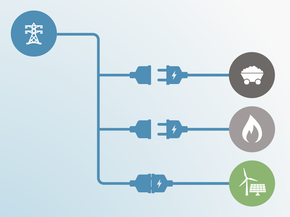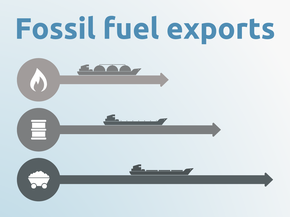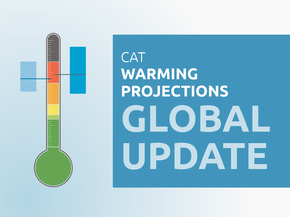Assumptions
Historical data
Historical emissions up to 2010 were obtained from the IEA (2017) for energy-related CO2 emissions, IEA (2017)for other CO2 emissions and US EPA (2012)for non-CO2 emissions, with interpolation for the years in between for the data from IEA and from US EPA. LULUCF values for 1990 and 2000 were taken from UNFCCC (2014).
Pledges
Since Saudi Arabia has not yet communicated the BAU for its NDC target, we quantified the target based on our estimates of the BAU. The lower end of the BAU range represents extrapolation of Saudi Arabia’s 2005–2010 emissions trend. The upper end of the range represents a baseline projection assuming no further expansion of renewable and nuclear power generation. We based this our scenario on adjusted projections from KAUST (2014) for energy-related emissions, complemented by US EPA (2012) projections for non-CO2 emissions and extrapolation of the historical trend for other CO2 emissions from IEA (2017).
Current policy projections
The current policy projection is based on Saudi Arabia’s “Vision” 2030 that includes a renewable energy target of 9.5 GW by 2023, the effect of deregulation in energy prices by a subsidy phase-out, growth rates from KAUST (2014) for energy-related emissions, US EPA (2012) projections for non-CO2 emissions and extrapolation of the historical trend for other CO2 emissions.
Since the KAUST projections assume the plan of installing 54 GW of renewables and 17 GW of nuclear was going to be executed by 2032, we additionally quantified the recent downscaling of the renewable and nuclear power targets. For the lower end of the range we assume renewable power will continue to grow at a similar rate post-2023 and the 17 GW nuclear power target is achieved in 2040. For the upper end of the range we assume renewable power remains at 9.5 GW post-2023, with no nuclear capacity additions. Based on the emission factor of fossil power generation from the IEA (2014) and (weighted) full load hours for renewable and nuclear power (taken from the KAUST projections) we calculated the additional emissions caused by the lowered renewables downscaled targets to be 73–135 MtCO2e in 2030.
The effect of deregulation in energy prices by a subsidy phase-out is calculated based on the expected effect on the consumption of diesel oil and gasoline. An IISD report estimated that the effect of subsidy phase-out would result in a reduction in emissions by 30.4% below BAU in 2025 and 27.8% in 2030 if subsidies had been phased out by 2020 (Merrill, Bassi, Bridle, & Christensen, 2015). Based on this study, we estimate that the delayed phase-out will lead to a reduction of fuel consumption leading to emissions reductions of 53 MtCO2e in 2030. The effect of the introduced 5% VAT for fuels is not quantified in our assessment since there is no data available on the effect of this policy.
Even though Saudi Arabia downscaled its low-carbon power generation targets in the last year, our current policy projections here are slightly higher than in our 2016 assessment. This is due to higher baseline trends based on updated historical data (IEA, 2017) despite the inclusion of the effect of deregulation in energy prices through a subsidy phase-out.
Further analysis
Latest publications
Stay informed
Subscribe to our newsletter







